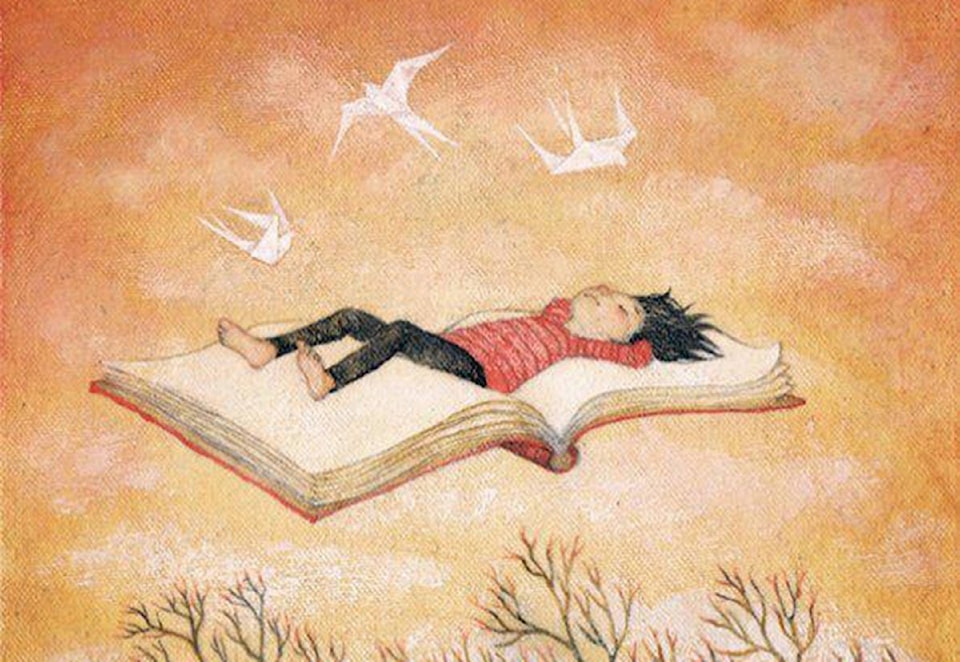Mike Selby
If you are reading this, chances are you mastered this skill as a child. If not, congratulations are in order, as learning to read turns out to be no easy thing. Reading is not an innate skill. While our brains have evolved for language, they have not for reading, and no gene can be passed down which will help or hinder your reading ability. Some people catch on quite quickly (such as my irritating older sister), while others have a much more difficult time. Why?
A University of California neuroscientist named Fumiko Hoeft has studied this question in depth, and may have found out one of the mysteries of reading capacity. Hoeft and her colleagues discovered that the growth of white matter (a type of passive brain tissue) found on the left side of the brain is responsible for individual reading differences. In fact, this white matter was a far better predictor of ease of mastering reading than previous measures (socioeconomic status, genetic risks, pre-reading language ability and overall brain health).
More good news was that it did not matter how much or how little white matter a child has when they show up at kindergarten. It was the growth of that white matter between kindergarten and grade three that mattered. This area—where, as Hoeft put it, “you do the tedious work of linking sounds and letters and how they correspond,” needs to be activated during this time period. If the white matter doesn’t grow during this time, a child will have a difficult time learning to read.
Since most of schools and parents don’t have a diffusion MRI handy, a combination of reading practice and instruction at home as well as at school ensures the growth of white matter. ‘Horton Hatches the Egg’ by Dr. Seuss is Hoeft’s favorite example of the process (Horton, an elephant) sits on a bird’s egg, causing the baby bird to look half like him). These crucial years are also the place to look for reading disabilities, such as dyslexia, which Hoeft (MD and PhD) suffers from.
This is all well and good for young and developing brains, but what happens when someone is well past these crucial years. That is exactly what Falk Huettig, another neuroscientist, wanted to find out. But to conduct the research he had in mind, he had to find adults who had absolutely no reading ability whatsoever. This wasn’t as hard as he initially thought, as there are hundreds of millions of adults who cannot read a single word in their native language.
Huettig chose the city of Lucknow in Northern India for his study, as it provided him and his team with access to larger MRIs, as well as the participants he needed. A group of Dalit women (the most disadvantaged group in India) agreed to take part. For six months the researchers taught 21 women over the age of 30 to read Hindi. By the end of the six-month period, all the women had the reading ability of 6-year-old.
The brain scans of the women were incredible. That white matter which had never developed properly in the women began to activate. But instead of the left side of the brain as with children, the white matter activated in the deepest reaches of the brain. A complex exchange of information could be viewed between each of the women’s thalamus and their brainstem. To have this activity in the oldest evolutionary parts of the brain is astounding. The study showed that not only can adults learn to read after their brain has stopped developing, but it is much easier to do so than other tasks, such as learning a new language.
And all of this is hope to those hundreds of millions who cannot read: regardless of their age, their brains are ready and able to sound out those first words, which will open the world up to them.
Mike Selby is Information Services Librarian at the Cranbrook Public Library
